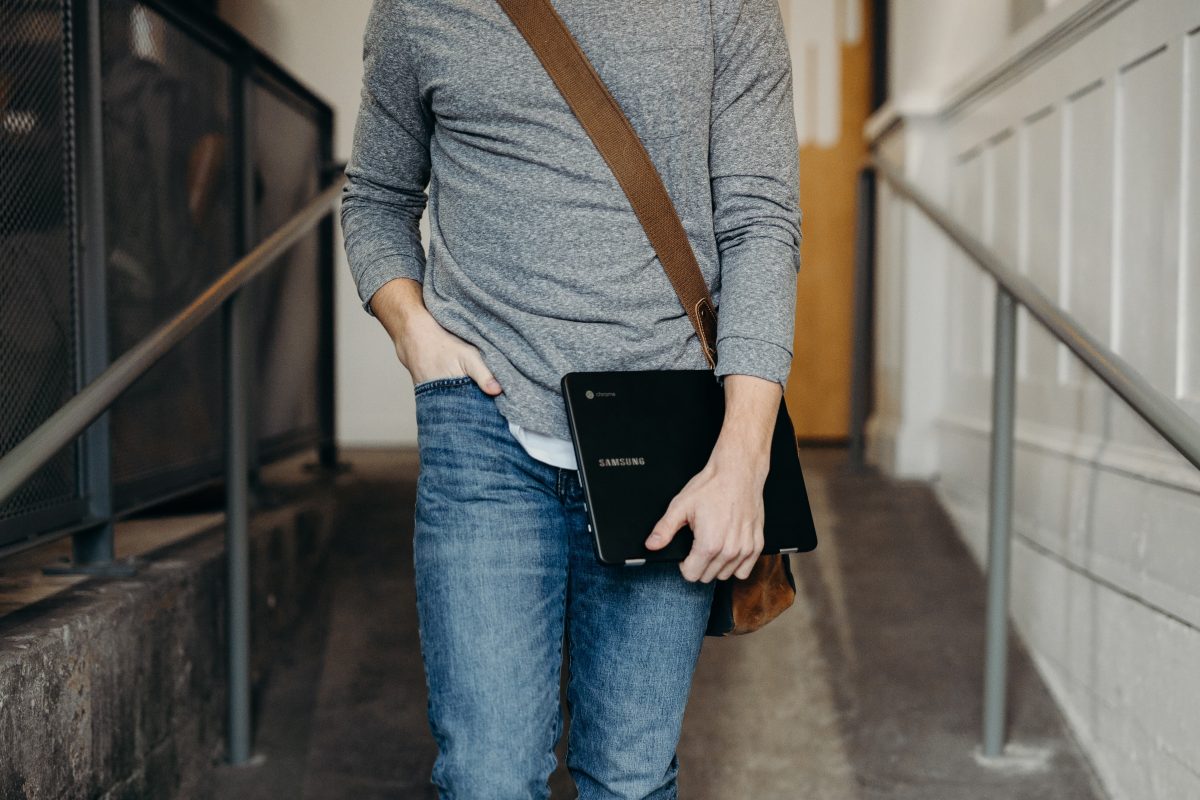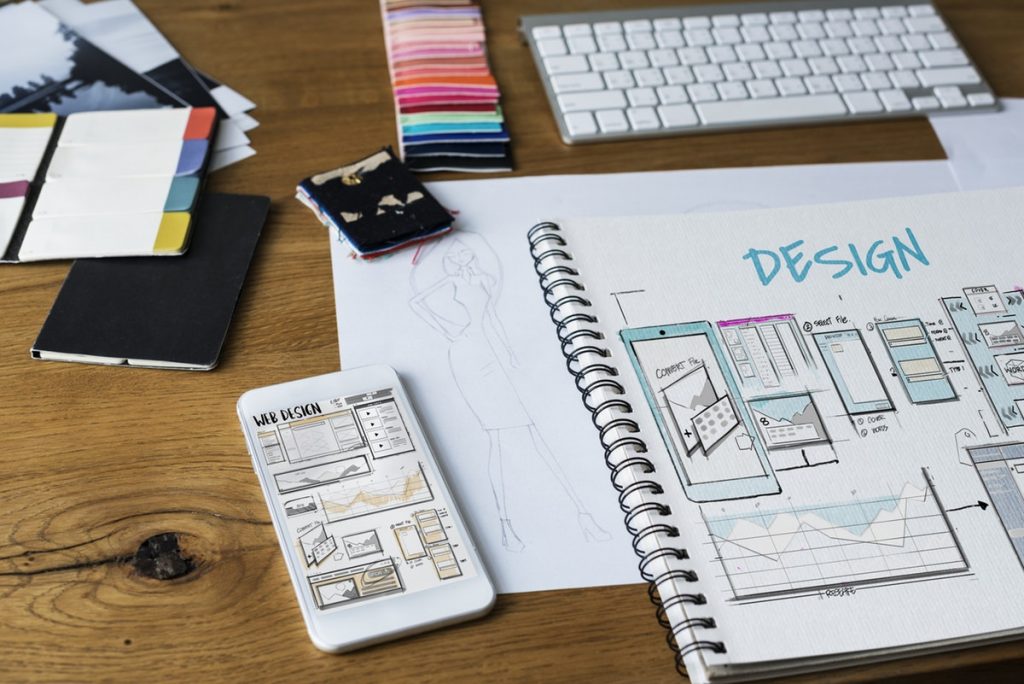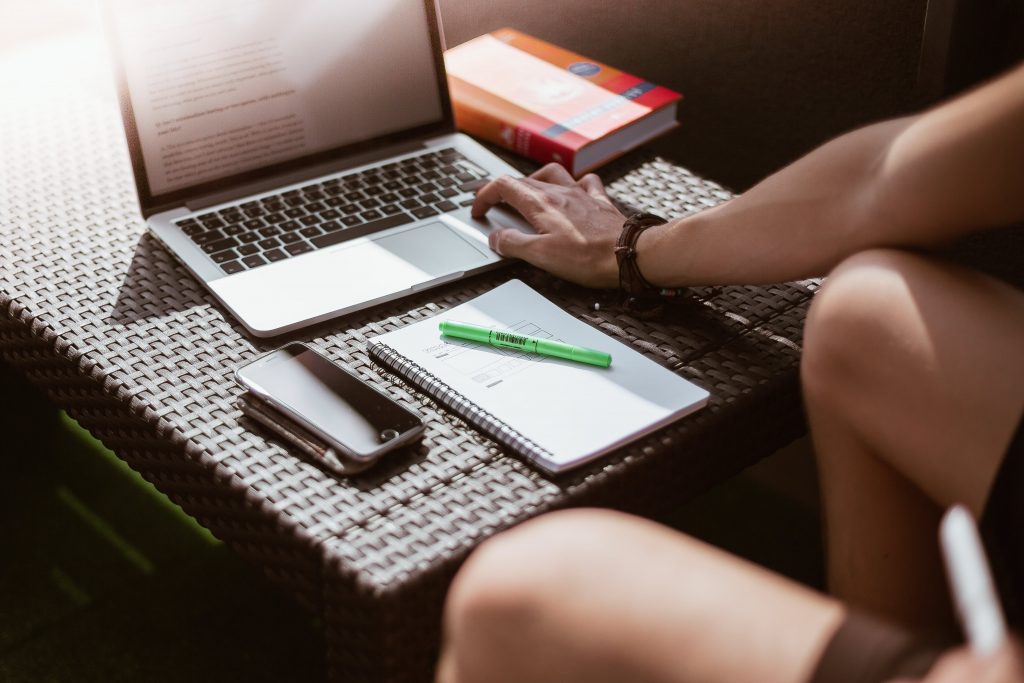Future of Work
How to Prepare For An Online Freelance Interview
Published
5 years agoon

Interviews for a freelance job aren’t that much different from on-site, permanent-position interviews. You might be in your pajama bottoms, but it’s still the same goal: edging out your competitors by shining a light on what makes you the best for the job.
That’s really all you need. The keywords are: For the job. For that specific job. Your client needs someone for this role, and they’re going to listen to how well you match their requirements. They’ll look at your project management abilities, your firm grasp of the task, and the level of experience that will help you accomplish the client’s goals.
Sometimes clients also use interviews to narrow down their top picks. So you really need to be at your best. Here are how to prepare and ace interviews as a freelancer.
Schedule the interview to suit yourself.
You’re the one on the hot seat. Best make that seat as comfortable as possible. Your clients can interview you while on the go, but it’s another story for you.
- Be open about any limitations you may have. For example, your headset broke and you can’t replace it in time for the interview. Or if the current weather is affecting your connectivity. I’m deaf; I always tell my clients that and ask if typing is ok with them. 🙂
- Don’t spring it on the client during the interview. That’s unprofessional. If you can, definitely get a backup headset/mic and internet plug-ins on hand as a contingency.
Block off time before and after the interview so you can prep and take your time without being rushed. You need a nice location, and you need to be well-rested and not distracted.
Location
Ideally, you have a door you can lock. If you have kids, you need that door.
Also ideal: your background should be a wall so you and your client are not distracted by anything going on behind you. The focus is on you.
If you’re the type who thrives in a buzzing space, go there. If you have a favorite cafe or coworking space and that’s where you won’t be disturbed, and they have the reliable connection speed you need, go there.
Most freelancers and digital nomads have a setup for their interviews. A particular seat at the cafe, a spot of good lighting in their room (or a lamp/ring light for this purpose), or the right time when everyone else is asleep. Discover your setup too. It’s your fallback.
Well-rested
Yes, good sleep is excellent, but well-rested doesn’t have to mean sleep. It also means peace and confidence. I mean, I know freelancers who can take on an interview in the middle of the day or in the evening before bedtime, no problem.
But if you had a crappy day, and your potential client asks if you’re free for an interview that time, don’t say yes. Schedule it for later and give yourself a chance to recover first.
This is connected to being focused.
Focus
When you’re feeling good and sitting at your best spot, you can focus. You can pick up on your client’s cues and respond accordingly. You’re fully engaged and you end up acing that interview.
Practice
If you’re starting out as a freelancer and this will be your first ever interview, practice. It’s too easy these days! Record yourself on your computer camera or smartphone–without filters– to see your face and hear yourself talking and discover any unpleasant tics you might unconsciously have.

Do you speak clearly? Do you clear your throat too much? Do you roll your eyes unnecessarily, or perhaps touch your ear or nose when you’re nervous? You should know these.
Your go-to hairstyle and clothes
Interviewing for a freelance job is relaxed and less formal, but you still want to look your best. Men and women can have a nice fallback shirt or blazer (or both) in neutral colors. They see your top half, so your top half should look good!
For hairstyle, test it with your camera. It’s not about looking perfect– it’s about boosting your confidence. You don’t want to see yourself on camera during the interview and be distracted and self-conscious about your hair. If you feel powerful in a bun or ponytail, go for it.
- Girls, you want to use a vivid lip color. It helps your video appearance so much even if you do nothing else!
- Guys, you need a nice haircut. The rest of your face is affected by how neat your thatch looks.
Review the job post
Seems like a no-brainer. Analyze the job again. You applied for this job or were invited to it. Do you like everything about it? What would you propose to change?
Is it a match for your skill level? If it isn’t as detailed as you need, prepare your questions. More on this below.
Research your client

If they have a website, LinkedIn profile, or Facebook page, go there and review what they’ve posted. You might see something they need, and you’d definitely find out what they stand for.
Never go in blind. Google is your best friend.
List down talking points
Researching your client past their job posting gives you talking points. Do you admire what they do? Are their accomplishments impressive? Say so! Did you find something that puzzled or confused you? Ask about it.
Highlight your trustworthiness
Remember that freelancing means working out of sight. Your clients need to be able to trust you to get the work done without their supervision.
Prepare to talk about it.
- Think of the jobs you’re most proud of, where you showed initiative and dedication, when you came up with solutions and implemented them, and honored your deadlines despite challenges.
Show that you’re always committed to your clients’ goals even when you’re a temporary member of the team.
List down your questions
At some point in the interview, your client will ask if you have questions for them. Prepare your questions, and they need to be the right questions. Things that you couldn’t research yourself, and weren’t clear in the job posting.
This would include:
- the work hours (number and time)
- the scope of the work (ask for a brief you can review, if possible)
- your client’s goals
- your client’s preferences for communications
- other preferences on reports/checkins/meetings
During the interview, your client might answer these. Cross them off. Asking them again is okay if you’re clarifying a detail, but you don’t want to seem like you didn’t listen.
Prepare your portfolio

Be ready with the URLs of your past work, the most relevant to that particular job. URLs are best so you won’t have to upload anything. Whether or not you have a portfolio on your freelancer’s profile, your client may not have looked there at all.
Your past jobs are your references. Rather than call your past employers, your potential client can simply look at your portfolio to see your skills.
- Check that the files and folders are viewable by anyone.
Prepare your price, too
Knowing your worth means knowing your margins of negotiation. Your client may come to the interview with an offer that’s not your posted rate. Be true to yourself about what you’ll be happy about.
- Review the job post and ask the right questions on the scope of the work.
- Don’t be afraid to ask for time to consider and review everything before agreeing on a rate.
- Don’t go into an interview with the mindset that the client asks the questions and the client sets the price.
- Their budget is their business– it’s not your duty to accommodate their budget.
When you start off, you might need to compromise. In the first place, make sure your rate is competitive at your level of skill and experience.
Be professional
Oh, I don’t mean being stiff and not using emojis. Work from your client’s tone. If they’re formal, be formal. If they’re casual, be casual. Professionalism is etiquette.
- Send a reminder about the interview. If they send the reminder, reply and confirm.
- If your client didn’t specify this, ask who’ll be calling you and their contacts.
- Confirm the time again, with time zone conversions, so there could be no misconceptions about the time.
- 30 minutes to an hour before your interview, start your setup. Test your headset/mic and video. Test the meeting URL or Skype.
Do I even need to mention not being late? 🙂
Prove your worthiness for the job
Getting prepared helps you be at your best. Your client might be interviewing other people, your competition. Let this push you to be awesome, but not rattled. Stay calm and collected. When you prepare, forget the other candidates. Focus on your client and what they need.
During the interview, make notes about the job and respond to the clients’ needs with your solutions for them.
These are the important points you should cover, even if they don’t ask you, though they probably would!
You might have already answered these in your cover letter, and that’s what landed you the interview. In that case, review what you’ve said and be consistent. If you have any changes, explain them clearly.
- What’s your strategy for what your client needs done? How will you go about it?
- Do you have a proven gameplan when it comes to that particular task?
- How long do you think it will take you to complete the project?
- Declare your ability to meet that deadline, if they already specified one.
- If you need an extension, explain where the time will go.
- Any issues/problems you might run into, so you can manage their expectations early on.
- What more can you offer? E.g., You’re a graphic designer but you can also do 3D models, which can help their presentation. Say so!
Prepare your answers for common interview questions

Aside from the important points above, you also need to be ready for the following:
What’s your story? Why do you freelance?
Be genuine. Perhaps you see more opportunity for growth here? Perhaps you needed flexible work so you can still take care of family?
What kind of other commitments do you have?
Don’t give your interviewer a laundry list of all your other jobs. You might look like you’re too busy! What they need to know is how you manage your time. So answer this honestly, briefly and cunningly: if you’re interviewing for a social media manager job, you can tell them about being ahead of your content schedule for your other projects so you’re free.
Assure them of your availability, focus, and ability to prioritize.
What’s your experience in this position?
Rate your skills in these areas from 1-10.
What is your biggest strength for this role?
Be honest with these three questions. Manage your client expectations by always being honest. And it’s also better to be modest, so they won’t have ultra high expectations. Surprise your clients rather than disappoint them.
How much would you like to be paid for this work?
Don’t hesitate. This is why you should prepare your rate, too. If your rate depends on a quote of hours, itemize where the hours would go.
How do you communicate?
When can you get started?
Do you have time to take on more work if I need you?
These questions confirm your availability to your client.
If I hire you, what will you do first?
For this question, your client will look for your work consistency, understanding, ability to prioritize and efficiency.
What do you think are essential for this project to succeed?
Here, mention transparency and communication. Be consistent with what you’ve said before about what you need for this project, like clear briefings and feedback.
Think of your interview as if you were already hired and your discussion is all about assuring your clients of your abilities and dedication for their needs. Focus on them and how you can help them. Read our guide on becoming a successful freelancer.












